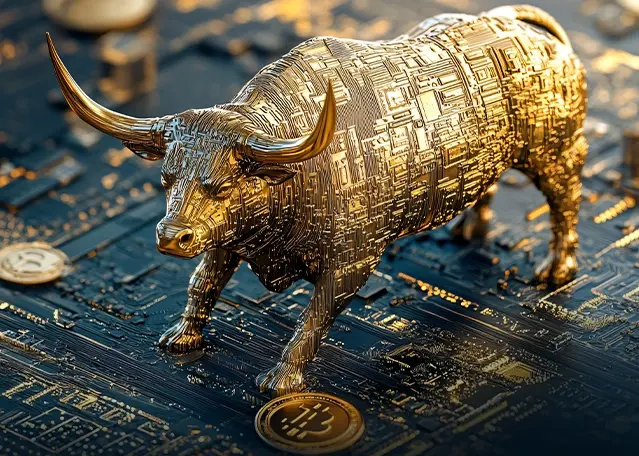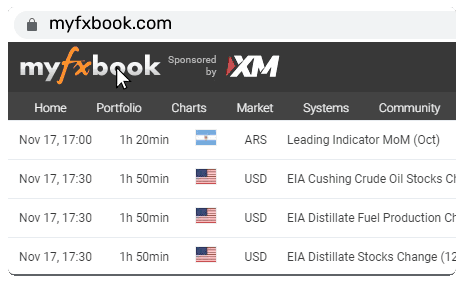Are Bullish Shares Disconnected from Underlying Fundamentals?

Are bullish shares disconnected from underlying fundamentals? That’s probably the question investors are grappling with after the exchange’s spectacular Wall Street debut last week. Bullish’s stock more than doubled on its first trading day, a sign of extraordinary appetite for crypto exposure in public markets.
But the sharp rally also raises doubts about whether the company’s valuation is being driven more by hype around digital assets and tech than by its current fundamentals. For investors, the challenge lies in separating long-term growth drivers from short-term enthusiasm. At the same time, Bullish’s IPO—alongside Circle’s earlier this year—may mark the beginning of a new wave of crypto listings in the U.S. market. If so, the reception of these early deals could set the tone for how exchanges, regulators, and institutional investors approach the sector going forward.
Let’s take a closer look.
The Roaring Debut of Bullish on Wall StreetBullish’s path to Wall Street has been anything but straightforward. Founded in 2021 and led by former New York Stock Exchange president Tom Farley, the exchange quickly established itself as a key player in the institutional digital asset space. Despite this operational scale, the company’s first attempt to go public during the 2021–2022 bull market—via a SPAC merger valued at roughly $9 billion—collapsed in the wake of the FTX implosion and a wave of high-profile crypto failures.
Fast forward to 2025, and the picture looks very different.
According to its prospectus, Bullish’s total trading volume across more than 70 pairs had exceeded $1.25 trillion by March 2025. As of March 31, 2025, the company reported $28 million in cash and $1.93 billion in digital assets against $551 million in undiscounted borrowings. In 2024 alone, the exchange executed $671 billion in total trade volume, while its spot and derivatives platform processed an average of $2.6 billion in daily trades during the first quarter of 2025. Bullish also ranked among the world’s top ten spot trading venues for Bitcoin and Ethereum, according to CoinMetrics.
Backed by heavyweight investors such as Peter Thiel and hedge fund manager Louis Bacon, and strengthened by its acquisition of CoinDesk in 2023, Bullish re-entered the market with an IPO that captured extraordinary attention. The offering was more than 20 times oversubscribed, prompting the company to boost the share count from 20.3 million to 30 million and raise the price range from $28–$31 to $32–$33, before ultimately pricing at $37 per share. The deal raised $1.11 billion and valued the exchange at $5.41 billion.
The market reaction was even more striking. Bullish opened nearly double its IPO price, closed its first trading session up 84% at $68 for a market cap of around $10 billion (additionnally, the share price briefly touched $118 during its first trading day). This wave of enthusiasm was not unique to Bullish.
Earlier in the year, Circle Internet Group—the issuer of the USDC stablecoin—delivered an equally impressive debut. Its IPO was upsized amid strong demand and priced at $31 per share, above the expected $27–$28 range. On its first day of trading, Circle’s shares opened at $69, closed above $83, and climbed as high as $104 intraday. For investors, the strong debut is likely to reflect Circle’s status as a cornerstone of the crypto financial infrastructure, thanks to USDC’s role as one of the most widely used dollar-backed stablecoins.
Several tailwinds reinforced investor appetite for both Circle and Bullish. Chief among them was the passage of the GENIUS Act, which established a federal regulatory framework for stablecoins. By reducing one of the biggest uncertainties that had long held back institutional adoption, the Act provided investors with greater confidence that companies like Circle and Bullish were operating within a safer and more sustainable regulatory perimeter.
At the same time, broader sentiment was buoyed by a record-setting run in Bitcoin, which recently climbed near $125,000 earlier this month, reigniting enthusiasm across the digital asset sector. Circle added to that momentum by reporting stronger-than-expected second-quarter revenues in its first earnings release since going public—clear evidence that, beyond hype, some crypto firms are beginning to deliver on growth expectations.
Together, the blockbuster debuts of Bullish and Circle highlight not only investor hunger for regulated crypto exposure, but also the importance of timing. Favorable policy shifts, supportive market conditions, and tangible financial performance are converging to push crypto-related IPOs to the forefront of U.S. equity markets. Just as importantly, the parallel between the two offerings underscores that public investors are rewarding companies providing institutional-grade, compliant infrastructure within the crypto ecosystem—pointing to a potential broader trend of enthusiasm that extends well beyond any single listing.
Valuation vs. Fundamentals: Are Bullish Shares Too Expensive?The sharp rally in Bullish’s shares has inevitably raised the question of whether the valuation of this relatively young player is running ahead of its fundamentals. At nearly $10 billion, the company could be valued alongside some more established financial institutions, yet it remains in an early growth phase with limited visibility on profitability.
Its revenue base, tied largely to trading volumes, transaction fees, and digital asset holdings, leaves it highly exposed to the cyclical swings of crypto markets. Periods of high volatility and trading activity can drive revenues upward, but during downturns, earnings may contract just as sharply—a dynamic that makes its income stream more unstable than that of traditional exchanges.
On a pure revenue and earnings basis, as disclosed in its prospectus, the current valuation appears stretched. However, what seems to be driving the premium is not the company’s present-day balance sheet, but the market’s belief in its long-term potential. Investor appetite is being fueled by three forces: resurgent institutional enthusiasm for digital assets, growing regulatory clarity through measures such as the GENIUS Act, and speculative inflows from capital seeking high-growth exposure to the crypto ecosystem.
In many ways, Bullish’s share price is a reflection of expectations about the future of digital finance rather than its existing financial performance. That said, Bullish is not without a case to justify optimism.
The company positions itself as more than just a trading venue. It has quickly captured market share since its 2021 launch, regularly ranking among the top ten global spot trading venues for Bitcoin and Ethereum. Beyond trading, Bullish has sought to diversify its model by integrating multiple business lines—such as CoinDesk Indices, CoinDesk Data, and CoinDesk Insights—creating synergies that provide recurring revenue streams and help reduce reliance on trading fees alone. This “full-stack” approach aims to build a sticky customer base while giving Bullish exposure to several parts of the digital assets value chain.
What also sets Bullish apart is its institutional focus. With a comprehensive product suite that includes advanced liquidity solutions, cross-collateralized margin structures, and deep integration with third-party services, the platform has been designed to meet the standards of professional traders and institutional clients. Its global reach is another strength: institutional customers increased 36% year-over-year in 2024, while CoinDesk attracted an average of 4.9 million monthly viewers, extending Bullish’s distribution and brand recognition far beyond pure trading.
The company also emphasizes its technology-driven infrastructure—combining a central limit order book with automated market-making, advanced security protocols, and scalable architecture—which it sees as a competitive edge in both execution quality and reliability. Just as important, Bullish presents itself as a trusted, regulation-conscious platform, highlighting its customer alignment and transparency in financial disclosures as points of differentiation from less compliant rivals.
Bottom LineUltimately, the valuation debate around Bullish reflects a tension between today’s fundamentals and tomorrow’s opportunities. On current earnings, the stock looks expensive. But if digital assets continue their trajectory toward mainstream adoption—whether as a store of value, a payments medium, or through applications like smart contracts—then Bullish’s diversified model and institutional focus could leave it well-positioned to capture a share of what some analysts predict will be a multi-trillion-dollar market.
Sources: Wall Street Journal, US SEC, Bullish
-362025100.png)
-362025100.png)



















